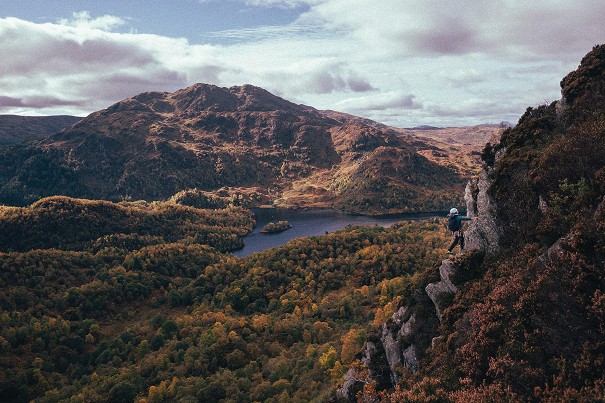
Destination Guide Lowland Outcrops - The Best Central Belt Crags for Outdoor Beginners
The long-awaited new edition of the SMC Lowland Outcrops guidebook is out. To mark its publication, the guide's author Topher Dagg looks at the area with fresh eyes, highlighting some of the best venues in Scotland's Central Belt for those just...

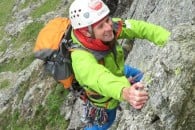

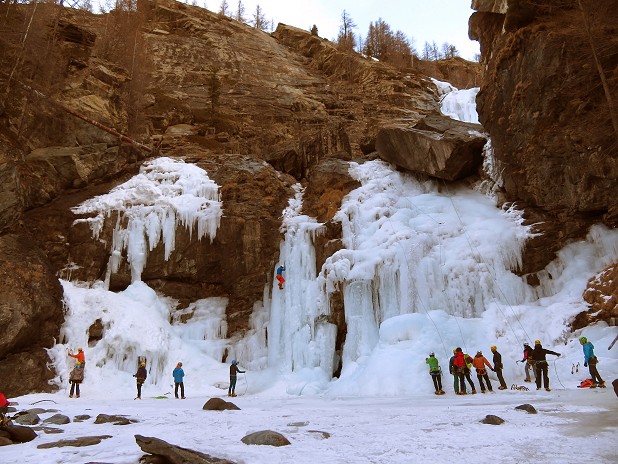
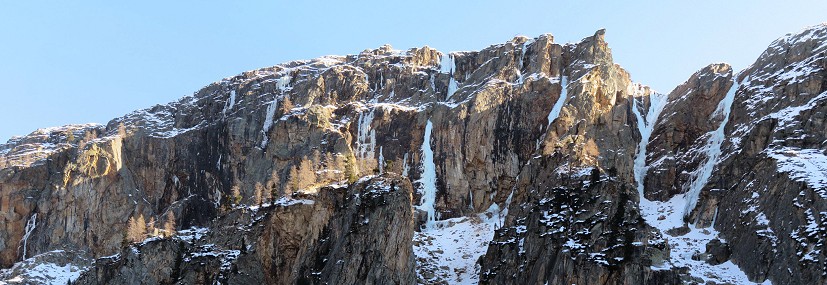
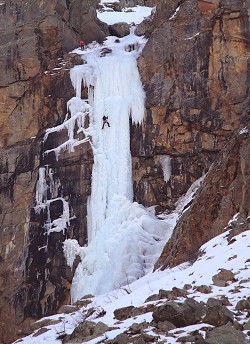
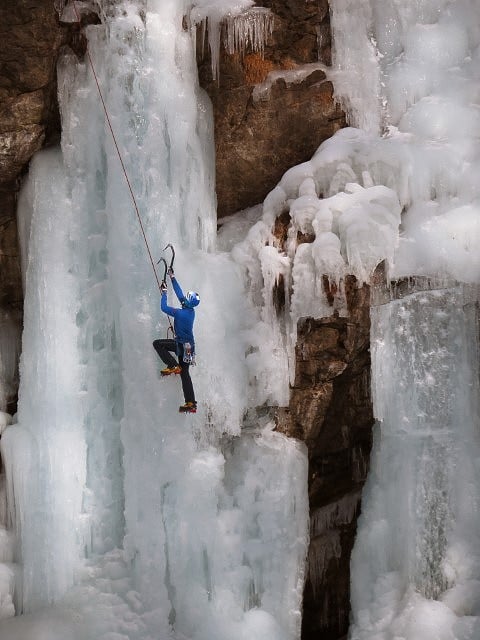
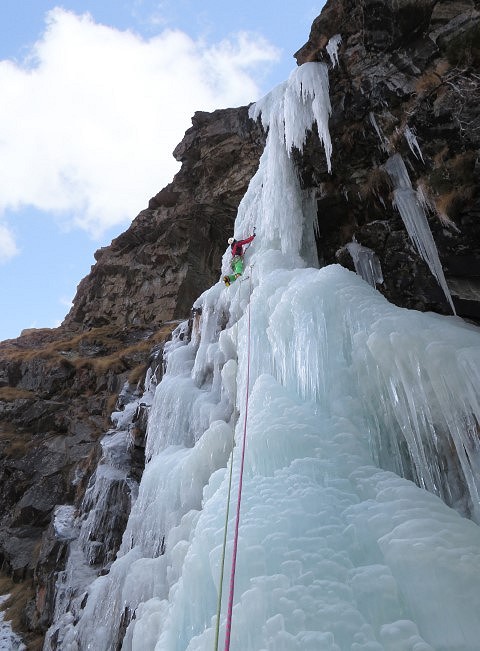
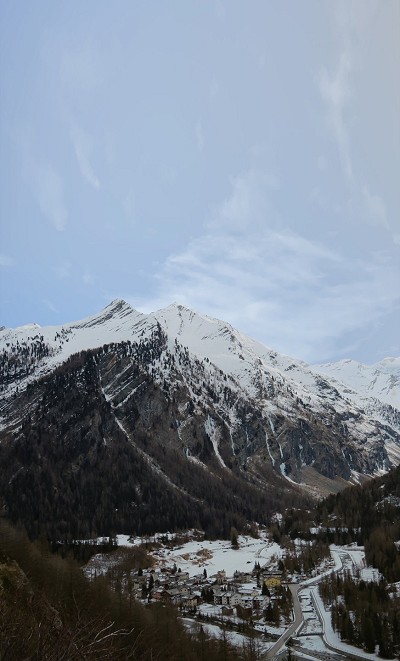




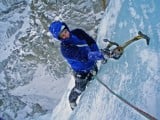

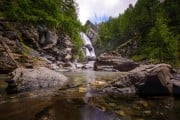





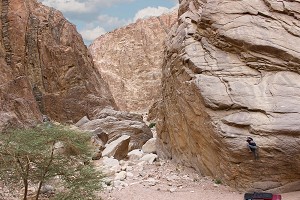
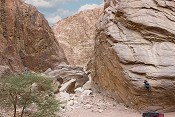
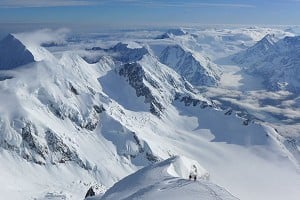
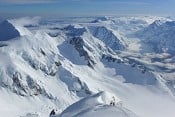
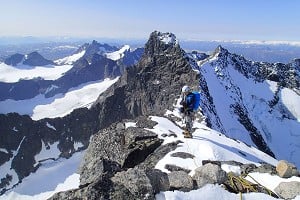
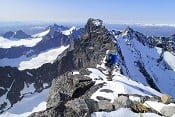
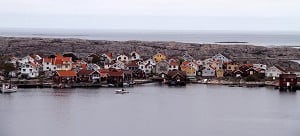

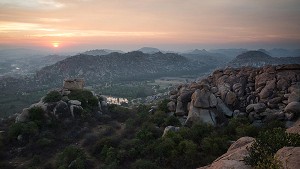

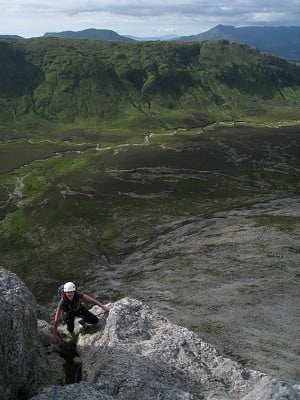
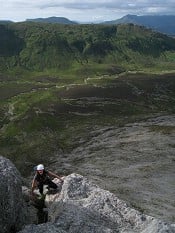
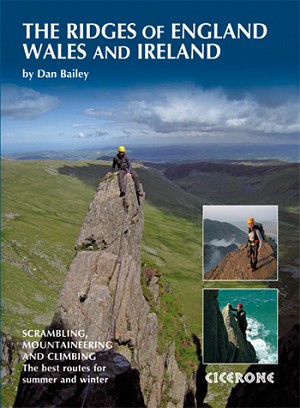
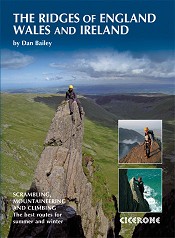


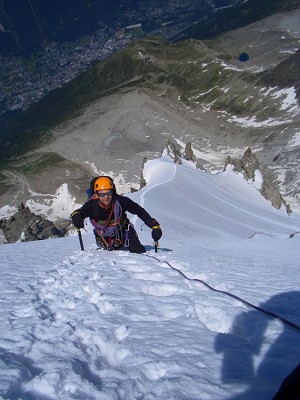
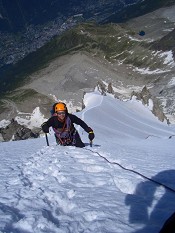
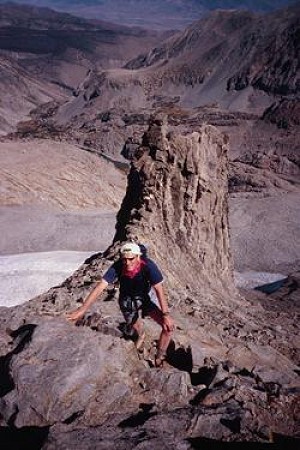
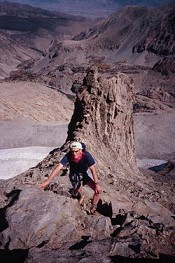
Comments
A really interesting article that has piqued my curiosity. However, currently the 'how to get there' section is a direct repeat of the 'when to go' section. Can you amend please, or advise in the comments here? Thanks
More articles like this please.
Thanks for pointing this out. It should be sorted now.
Nick
I’ve written a reasonably extensive guide to Val Pettorina in the Dolomites for ice climbing too at http://wildpettorina.com - there is an article on here about the serrai di sottoguda and another about mixed and ice climbing in the dolomites - the link I’ve provided is for a single (quite large) area.
Thanks for the link, added to our list.